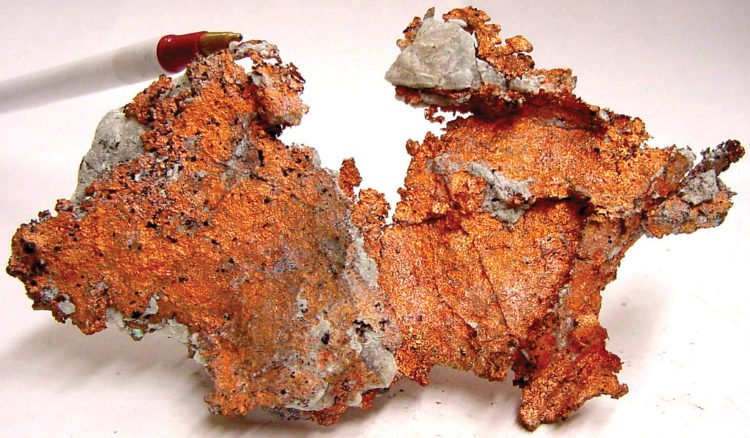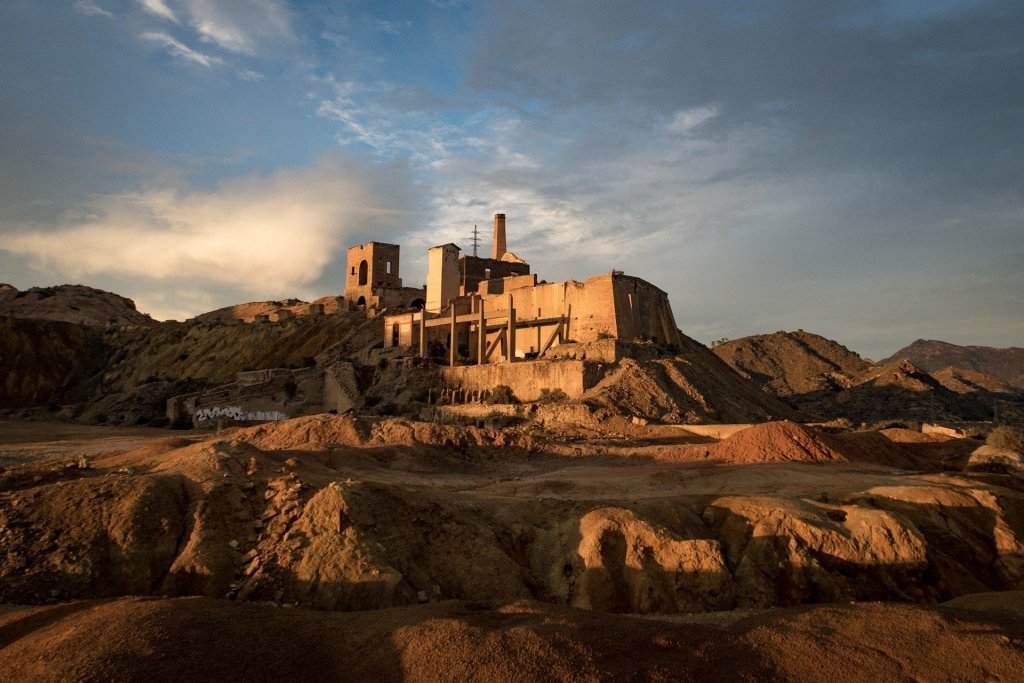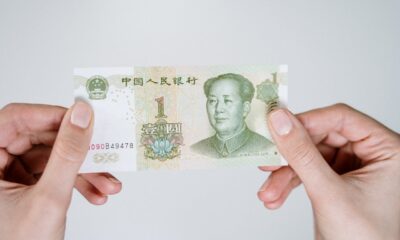Business
Copper in 2018: What’s in store for this industrial metal?
Although copper production may drop down this year, growth is still expected from a major copper producer, Peru.

As we are ushering in the start of yet another year, what could be in store for hot commodities such as copper in 2018? Here’s a quick overview of what is to come.
On December 28, the London Metal Exchange’s three-month copper price ended 2018 up 30.8 percent, peaking at $7,312.5 per metric ton. Influencing the commodities’ rally is the concern that 40 percent of the global copper mine supply having the potential for disruption due to labor contract negotiations. Meanwhile, Barclay analysts said that the approximate supply risk is at 7.8 million tons.
Overall, the red metal was the best commodity performer of 2017, topping other commodities such as gold and crude oil. The red metal recorded gains of over 25 percent year-to-date. There were two driving factors that raised up its prices, namely the supply disruptions due to mine strikes in Chile and Indonesia, and China’s economy doing better-than-expected. Meanwhile, the top ETF of the year was the United States Copper Index Fund, which registered a gain of 22.32 percent year-to-date.
Copper in 2018
While global mine production declined in 2018, growth is expected to return this year thanks to the second-largest copper producer, Peru adding 300,000 tonnes in new production. Meanwhile, Norilsk’s Bystrinsky mine in Russia will ramp up its output and Glencore is set to restart its operations in Zambia. In addition to this, greenfield commissioning like First Quantum’s Cobre Panama Mine will start to be factored in to supply projects.
However, labor action will likely squeeze the project output of copper growth. Barclays said that wage negotiations could also trigger disruptions at mines which produce 40 percent of the global supply, while INTL FCStone is projecting a 1.26 million tonne or 6 percent disruption allowance.
In a report, Mining.com indicated the upsides and downsides for copper this year.
For the upsides:
• Factories will be busy this year, with JP Morgan’s composite PMI index at its highest since February 2011 along with a global economic growth that could reach 4 percent this year.
• Warehouse and exchange inventories are under control this year with the Comex up but Shanghai down due to winter refinery shutdowns.
• Refined imports are doing well with concentrate shipments at record highs hitting 1.8 million tonnes in November.
• The switch to electric vehicles is also contributing to copper’s positive growth due to the build-out of EV infrastructure and green energy investments.
• Industry issues will not go away. This includes declining grades, rising costs, dirty concentrates, water, and other environmental concerns, stricter regulations, community opposition, slow project permitting processes, and exploration activity.
On the other hand, copper is set to have less-than-stellar moments this year:
• Mine wage negotiations in Chile can conclude without major disruptions.
• Chinese construction market slumps while transport slows and scrapped subsidies are putting brakes on electric vehicle sales. The latter is the biggest source of demand in China which consumes about half of the global total.
• Higher copper prices will encourage Chinese miners to increase output while secondary domestic supply rises.
• Even before demand for electric vehicles arrive, copper from large-scale expansions like Oyu Tolgoi, Grasberg, Udokan, Wafi-Golpu, and Quellaveco will reach the market.

Copper in 2018 will see a supply reinforcement thanks to the Peru mines. (Source)
Industry expert weighs in on the future of copper
Christoph Eibl, chief executive at Tiberius Asset Management said that in 2018, China will play a critical part in the future of industrial metals, including copper. Eibl added that he was optimistic due to capacity cuts and solid demand for the red metal and is expecting that Chile could go through labor negotiations and strikes. “We are seeing more investors come back into the commodity space, it’s a very constructive picture,” he said.
The world’s largest consumer of industrial metals, China, currently accounts for about half of the global copper and aluminum demand. It is estimated that the country will use up 23 million tonnes of copper and 62 million tonnes of aluminum in 2018.
However, it is expected that China would import more refined metal and products due to a ban on imports of scrap metal.
While things are looking positive for copper in 2018 in terms of prices and the push and pull of demand and supply, there is one hallmark event to watch out for this year and that is the mid-year wage negotiations at Escondida. The mine produces 1 million tonnes of copper and experienced a 44-day strike last year.
(Featured Image by James St. John via Flickr. CC BY 2.0)

-

 Business2 weeks ago
Business2 weeks agoDow Jones Nears New High as Historic Signals Flash Caution
-

 Cannabis3 days ago
Cannabis3 days agoSwitzerland Advances Cannabis Legalization with Public Health Focus
-

 Crypto2 weeks ago
Crypto2 weeks agoBitcoin Surges Toward $110K Amid Trade News and Solana ETF Boost
-

 Fintech6 days ago
Fintech6 days agoRipple and Mercado Bitcoin Expand RWA Tokenization on XRPL
























You must be logged in to post a comment Login